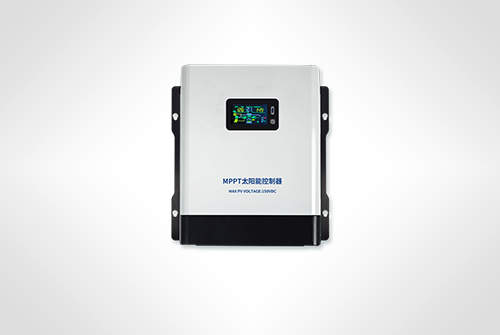An MPPT (Maximum Power Point Tracking) solar controller is an indispensable component in any efficient solar power system. It stands as the intelligent brain, dedicated to optimizing the power output from your photovoltaic (PV) array. Unlike conventional PWM (Pulse Width Modulation) controllers, an MPPT solar controller doesn’t just regulate voltage; it actively tracks and extracts the maximum available power from your solar panels under all conditions.

How an MPPT Solar Controller Works
Essentially, an MPPT solar controller continuously monitors the voltage and current output of your solar panels. It then employs a sophisticated algorithm to find the maximum power point (MPP) – the unique combination of voltage and current at which the solar panel delivers its highest power output. By dynamically adjusting its input voltage to match the MPP, an solar controller ensures that your solar panels operate at their peak efficiency, regardless of varying sunlight intensity, temperature fluctuations, or panel shading.


Key Benefits of Integrating an MPPT Solar Controller
Incorporating an MPPT solar controller into your solar setup offers significant advantages:
Increased Energy Harvest: This is the primary benefit. An solar controller can boost energy harvesting by 10% to 30% compared to PWM controllers, especially in colder climates or when panels are partially shaded. This translates directly to more power for your batteries or loads.
Enhanced Efficiency: By operating solar panels at their optimal power point, an solar controller maximizes the conversion of solar energy into usable electricity, leading to a more efficient overall system.
Versatile Compatibility: An solar controller is highly adaptable. It can effectively charge various battery types, including lead-acid (gel, AGM, flooded) and lithium-ion batteries, with customizable charging parameters. Furthermore, it often accommodates a wide range of solar panel voltages, allowing for greater flexibility in system design.
Advanced Protection Features: A robust solar controller typically incorporates multiple built-in protection mechanisms. These include overcharge protection, over-discharge protection, reverse polarity protection, short-circuit protection, and over-temperature protection, safeguarding both your batteries and the controller itself.
Improved System Longevity: By ensuring optimal charging and preventing overcharging or deep discharging, an solar controller contributes to the extended lifespan of your battery bank.








